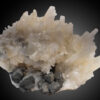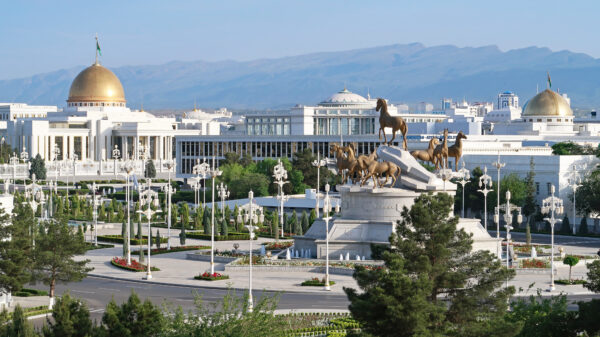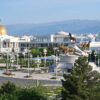It is now possible to mint and trade physical gold on the Bitcoin blockchain using something called the Ordinals protocol—which means essentially encoding ownership of the precious metal into a non-fungible token (NFT).
Announced on Wednesday, Swarm Markets, a real-world assets (RWA) platform licensed by German regulator BaFin, now offers investment in gold bars on the Bitcoin network through a partnership with OrdinalsBot.
Gold is set to become the first RWA available on the Trio marketplace, which is set to launch by the end of the year. Swarm and OrdinalsBot inscribe satoshis with unique gold kilobar serial numbers, allowing investors to trade them on Bitcoin’s Ordinals protocol.
Gold-backed NFT on the Bitcoin blockchain, particularly through the Ordinals protocol, represent a fusion of traditional assets with digital technologies. The Ordinals protocol enables users to inscribe data directly on satoshis (the smallest unit of Bitcoin), including images, text, and NFT.
By tokenizing gold, issuers create digital assets where each NFT corresponds to physical gold stored in vaults. The Ordinals protocol allows users to write data about the gold directly onto a satoshi. This data can include such items as its weight, purity, and storage details
This process links the inscribed satoshi to the physical gold, turning it into a gold-backed NFT that can be traded on Bitcoin’s blockchain. Investors can trade these tokens on NFT marketplaces that support Ordinals. Furthermore, ownership of the NFT signifies ownership or a claim to the equivalent amount of gold. While the trade happens on the blockchain, redeeming the physical gold usually requires off-chain mechanisms.
Read more: Bit Digital expands into high performance computing with Enovum acquisition
Read more: Regulatory scrutiny and inflation woes shrink cryptocurrency prices
Use of NFTs for physical assets on blockchain produce benefits
Bitcoin’s blockchain offers increased security and decentralization, providing an immutable record of ownership. The Ordinals protocol ensures that each gold-backed NFT is unique and permanently written on Bitcoin’s ledger.
“Investors no longer need to debate whether they should hold real or digital gold, when Swarm’s Ordinals offer the ability to hold both simultaneously using one blockchain as a common infrastructure,” said Timo Lehes, co-founder of Swarm.
The use of NFTs to represent physical assets like gold on the Bitcoin blockchain offers several benefits.
By tokenizing gold bars and linking them to NFTs, investors gain a more liquid, secure, and transparent way to trade assets. It allows fractional ownership, making gold investments more accessible without needing to physically store or manage the gold.
The immutable nature of blockchain ensures a permanent, tamper-proof record of ownership. This reduces fraud risk and simplifies the process of transferring ownership globally. Additionally, this use of NFTs bridges the gap between traditional finance and blockchain technology.
This marks a significant shift for the Bitcoin blockchain, which has historically been associated with peer-to-peer currency transaction instead of complex financial operations. Bitcoin expands its utility beyond its original purpose as a decentralized currency with this move.
This development raises Bitcoin’s role in the broader financial ecosystem, positioning it as a platform for secure, real-world asset trading. It introduces a new level of use value that rivals other blockchain platforms known for NFTs and tokenization.
.
joseph@mugglehead.com














